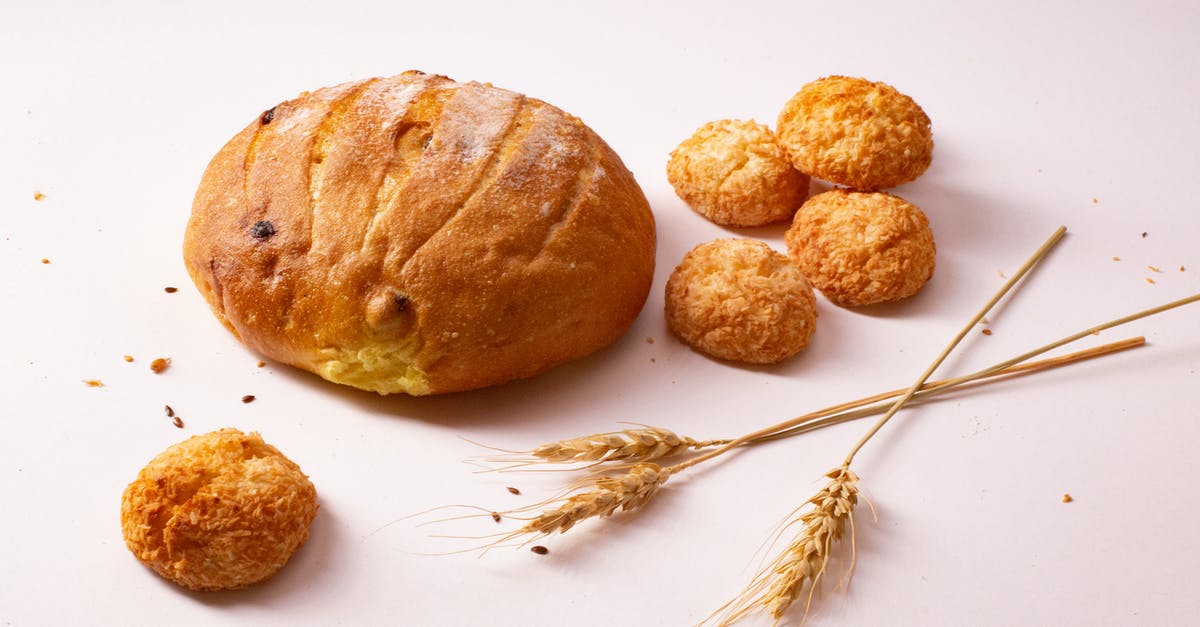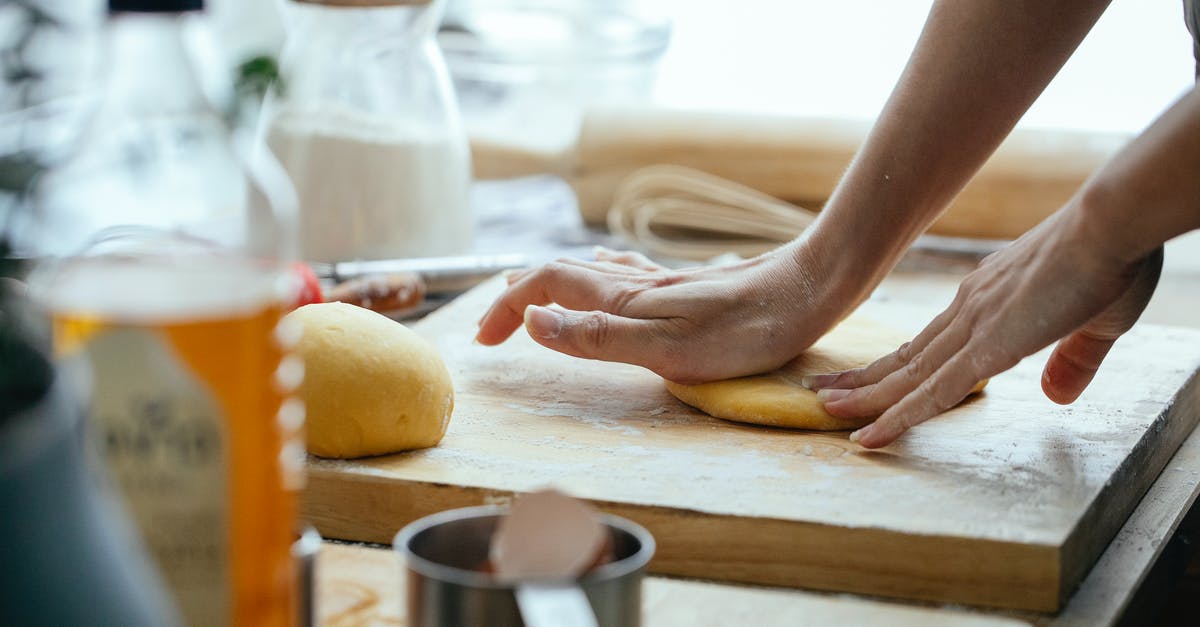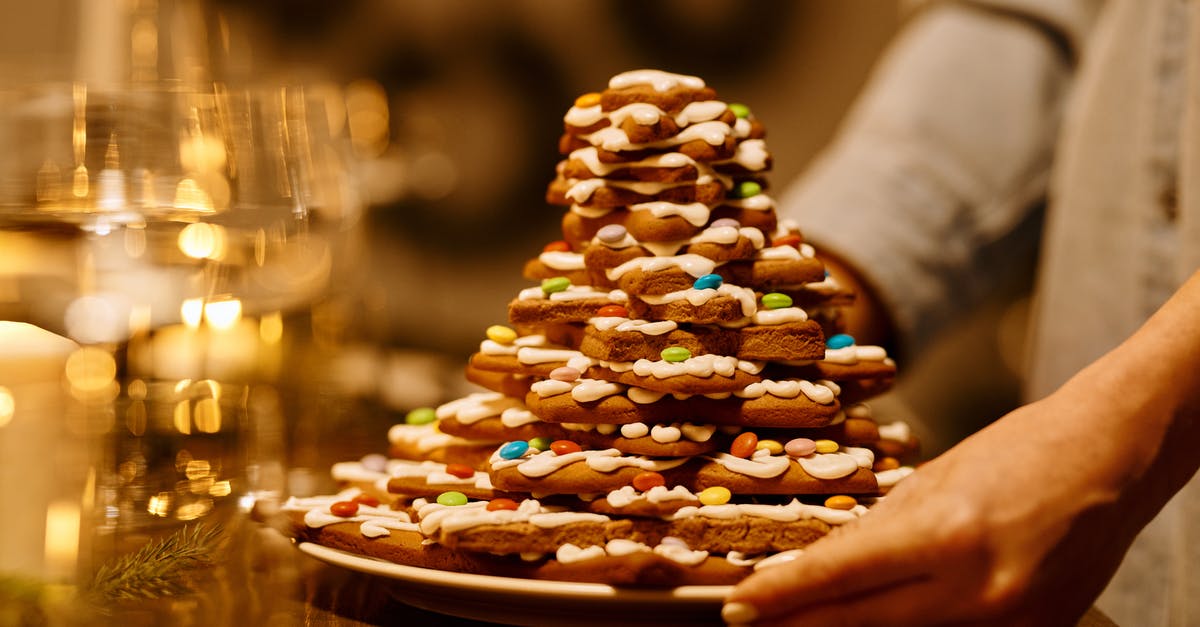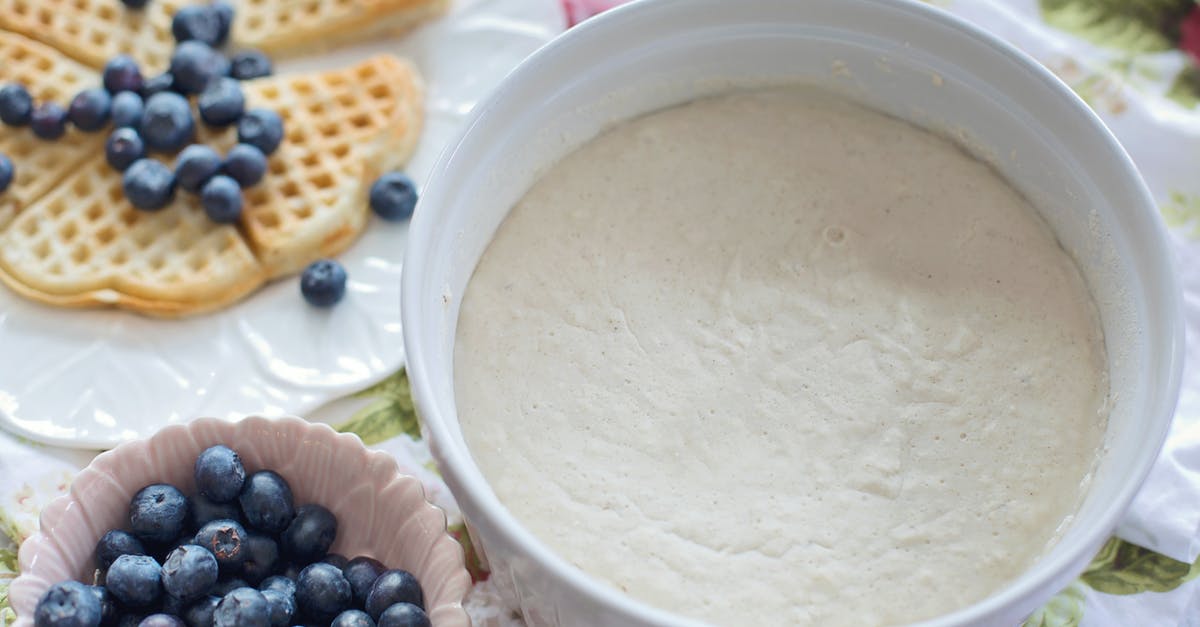Baking lots of bread - keeping a yeast starter

Like many people sheltering-at-home, I'm baking more bread than usual. My yeast supply is running low, and I'm not sure I'll be able to get more on demand. I'd like a simple way to make sure I have yeast on hand for my next batch. Could you all recommend a method for storing a starter culture?
Specifically:
- How should I store it (how much? where? I have a fridge ~4C and a wine cooler ~13C)
- How often should I feed it? With what? Should I divide the culture when feeding?
- How much should I use when baking? Can I treat it like dry active yeast, or does it need more/less time?
For some other context, I'm a novice at making bread (I've made it a few times, and others in my family make it more often). I see lots of advice on sourdough starters, but am interested in something that's a replacement for dry active yeast (unless sourdough starters are actually easier to maintain). I found a prior question that was similar, but it focused on long-term storage of yeast and the answers did not describe how to use the starter.
Your advice is appreciated.
Best Answer
Making a starter. I suggest you make a sourdough starter but add yeast at the first stage. I would begin with 50g wholemeal flour, 50g water, and 1tsp instant yeast, and then feed it twice a day, maintaining equal weights of flour and water and discarding (or otherwise using) half the starter each time. Keep this going for at least five days.
Once you have an active starter it will survive unfed at fridge temperature for up to a week. Make sure to use a clean container and a clean fridge to avoid contamination with mould.
Incidentally, your starter might also pick up wild yeast. I would expect wild yeasts to be out-competed by the commercial yeast and for the yeast strain to remain stable, but this isn't guaranteed. Either way you get an active starter.
Checking for yeast activity. You can get some idea whether your starter has active yeast by looking for bubbles on its surface or an increase in volume after feeding. But I've had sourdough starters that barely grew after feeding but could still raise a loaf.
Another quick way to check that your starter has active yeast is to fry a tablespoon of starter on a high heat. I find there is just enough time for the yeast to develop a matrix of bubbles in the top surface before it dies. If there is an acidic smell and no bubbles then I'm afraid the yeast is dead and you'll have to try again.
A much better way to gauge the activity of a starter is to use it to make a loaf. I expect you will find your starter has less activity than instant yeast (or active dry yeast) but you will still get good bread. In fact because your starter will pick up natural bacteria (like a true sourdough starter) you might even get better results.
Using your starter. I typically give my dough a long first rise in the fridge: this allows for some variation in yeast activity since the whole process happens much more slowly. It also gives a deeper flavour. One sourdough rye starter I maintained for several years had relatively little yeast activity but was still able to raise a good loaf given 48 hours in the fridge.
Pictures about "Baking lots of bread - keeping a yeast starter"



Can you keep a bread yeast starter?
A sourdough starter can either be kept at room temperature or in the fridge. If you aren't intending to use your sourdough starter every day, it is best kept in the fridge.What happens when you use too much starter for bread?
As a general rule, the less sourdough starter you use, the slower your dough will ferment - resulting in a more sour flavored loaf. The more starter you use, the faster your dough will ferment - resulting in a less sour loaf.What percentage of bread should be starter?
In this article, we are going for a basic, pleasantly sour sourdough bread. For that kind of bread, using a starter at 100% hydration such as the one created in the previous article, I like to go with 20 to 25 percent (bakers' percentage) or sourdough starter.How much sourdough starter is needed for a loaf of bread?
Let it metabolize the flour 4-8 hours before mixing up the bread dough. Use a 1/3 cup of starter (90 grams) for the bread, place the remaining back in the fridge, and feed in a week. For a more \u201csour\u201d flavor, use starter that has been in the fridge 4-6 days. Do not feed before using it.How to Make a Yeast Starter for Bread Baking
More answers regarding baking lots of bread - keeping a yeast starter
Answer 2
The Joy of Cooking includes a section on "Sponge Starters", stating that they can be stored in the fridge for ~3 months or even frozen. These can also be used to stretch out a limited active dry yeast supply, since they only require 1/2 tsp in place of recipes with 2+ tsp.
To make the starter, I mixed 1/2 tsp of active yeast in 1/2 cup of warm water, then added 3/4 cups of flour. I let it rise it in the fridge overnight. The recipe called for 1 cup of the starter. I added another 1/2 cup of warm water and 3/4 cup of flour and let it rise for a few hours at RT so that I'd have some to store (both fridge and freezer), which I'll test out over the next month or two.
p.s. I am not treating this as an accepted answer since I am not working from personal experience (at this moment), just from a cookbook.
Sources: Stack Exchange - This article follows the attribution requirements of Stack Exchange and is licensed under CC BY-SA 3.0.
Images: Mariana Kurnyk, Katerina Holmes, Nicole Michalou, Jill Wellington
